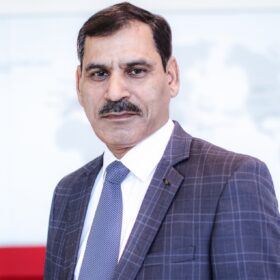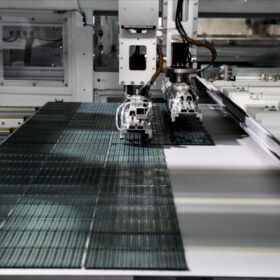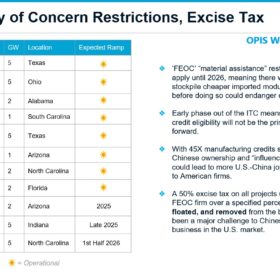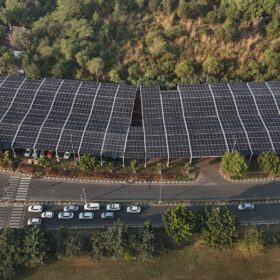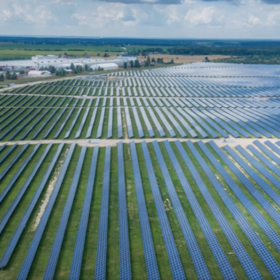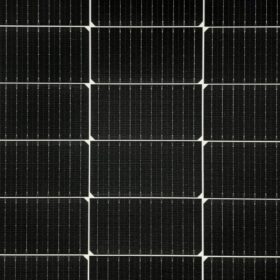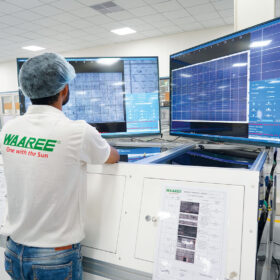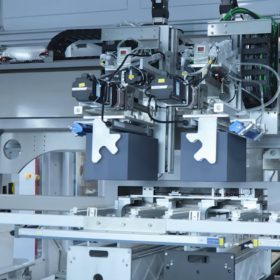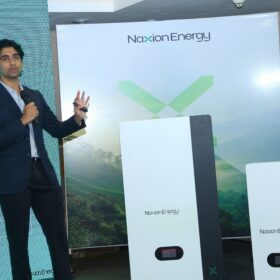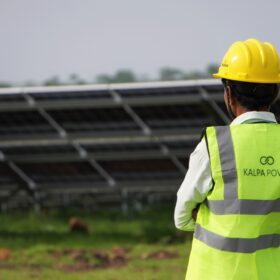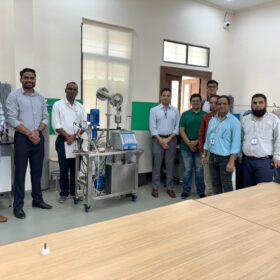What standards for agrivoltaics?
The technology which combines solar PV panels and agriculture is gaining ground. IEC Standards for solar photovoltaic (PV) systems already exist, but more might be required, dealing with some of the more specific issues relating to agriculture.
How is India’s power infrastructure evolving amid global supply chain shifts?
With renewable capacity expanding, grid upgrades underway, and policies fostering local supply chains, India is navigating a complex but promising energy transition.
India’s emerging role in EV battery recycling: Creating a circular economy
India is well-placed to advance the e-mobility circular economy in Asia against the backdrop of the fast-growing market and recycling strategies. Adopting the 5Rs—Reduce, Reuse, Repurpose, Remanufacture, and Recycle—can help in reducing resource depletion and waste.
Powering a greener future through India’s clean energy transition
As India adds more intermittent renewables like solar and wind to its energy mix, modernising the electricity grid becomes a priority. Grid expansion, integration of battery storage systems, and digital monitoring tools are critical to accommodate fluctuations in generation and demand.
Bringing back-contact to the foreground
Solar manufacturers are pursuing the next-generation crystalline silicon (c-Si) PV cell technology. Back-contact (xBC) technologies including TOPCon back-contact (TBC), HJT back-contact (HBC), and HJT TOPCon back-contact (HTBC) have emerged as leading candidates, attracting attention for their superior conversion efficiency and aesthetic module designs.
US solar panel price from India stable at $0.288/W
In a new weekly update for pv magazine, OPIS, a Dow Jones company, provides a quick look at the main price trends in the global PV industry.
India’s next solar frontier: Captive projects are powering industrial self-reliance
Industrial belts in Punjab, Haryana, Maharashtra, Gujarat, and Tamil Nadu are becoming hotspots for captive solar. The drivers vary from steep tariffs and policy incentives to strong ESG commitments by export-oriented businesses, but the result is the same: a distributed solar network powering India’s industrial economy.
The impact of module pricing on solar project viability: Trends and predictions
India’s solar sector faces rising module costs due to recent developments, including the imposition of anti-dumping duties on solar glass and China’s reduction in export rebates on solar modules, impacting project viability. These shifts underline the delicate balance between promoting local manufacturing, pursuing geopolitical strategies, and navigating the economic realities of global trade.
Why solar power can’t just be industries’ CSR afterthought
Companies that treat solar as a core part of their energy strategy, rather than a side initiative, often see these benefits play out with striking clarity. The investment case is strong. In most cases, payback happens within five to seven years. After that, solar becomes a net-positive contributor to the balance sheet.
Wafer producers scramble to stay afloat despite hydropower advantage
In a new weekly update for pv magazine, OPIS, a Dow Jones company, reports that FOB China wafer prices remained stable this week amid weak demand and low production. It says manufacturers continue to face margin pressure despite seasonal hydropower cost relief and traceability documentation premiums.


